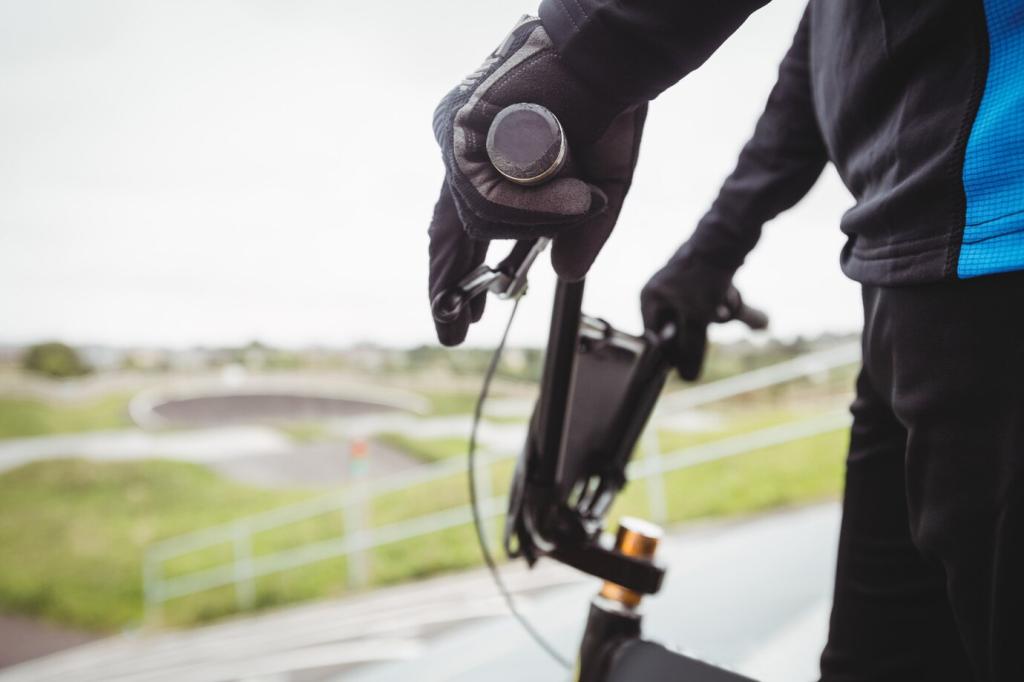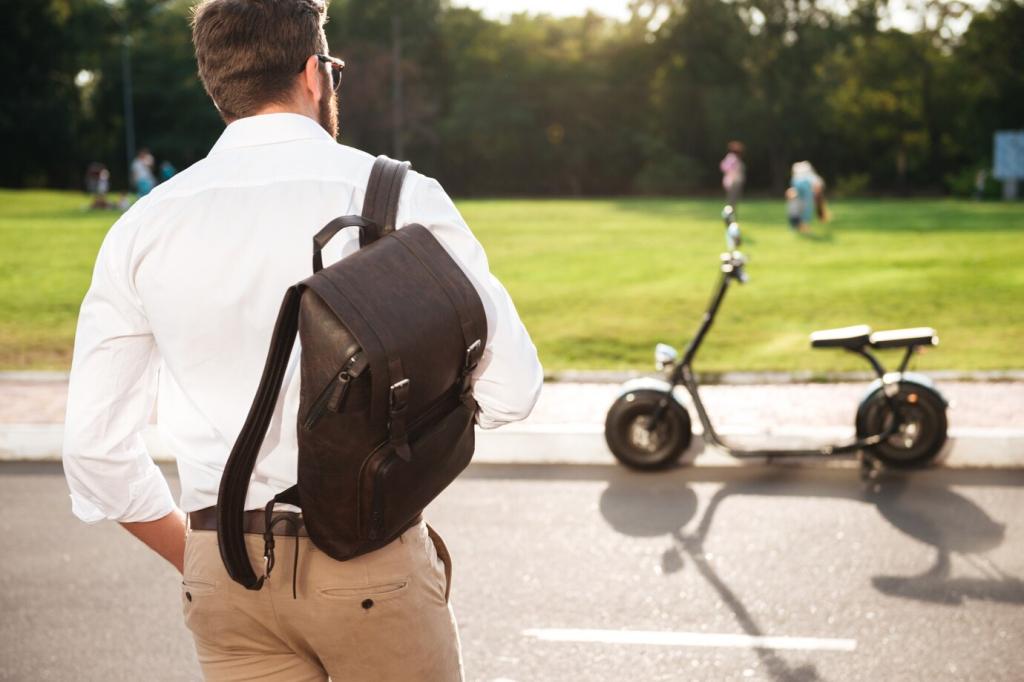Parking, Clutter, and the Public Realm
Cities paint corrals near transit stops, cafes, and corners, balancing visibility and accessibility. Riders love the predictability; wheelchair users love the clear pathways; businesses love not babysitting blocked doorways.
Parking, Clutter, and the Public Realm
Improper parking may trigger rider fines or operator penalties. Progressive frameworks pair enforcement with education, giving first-time warnings and offering helpful photo prompts before you end a trip.




